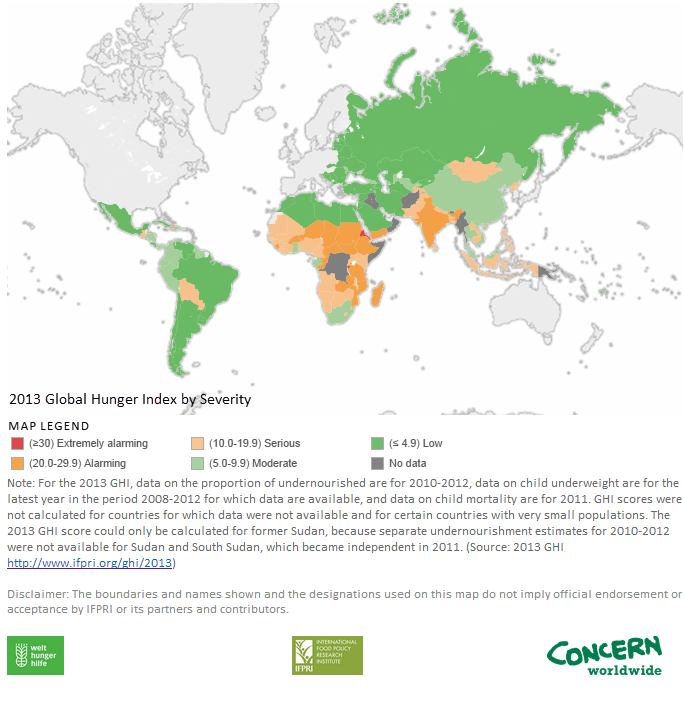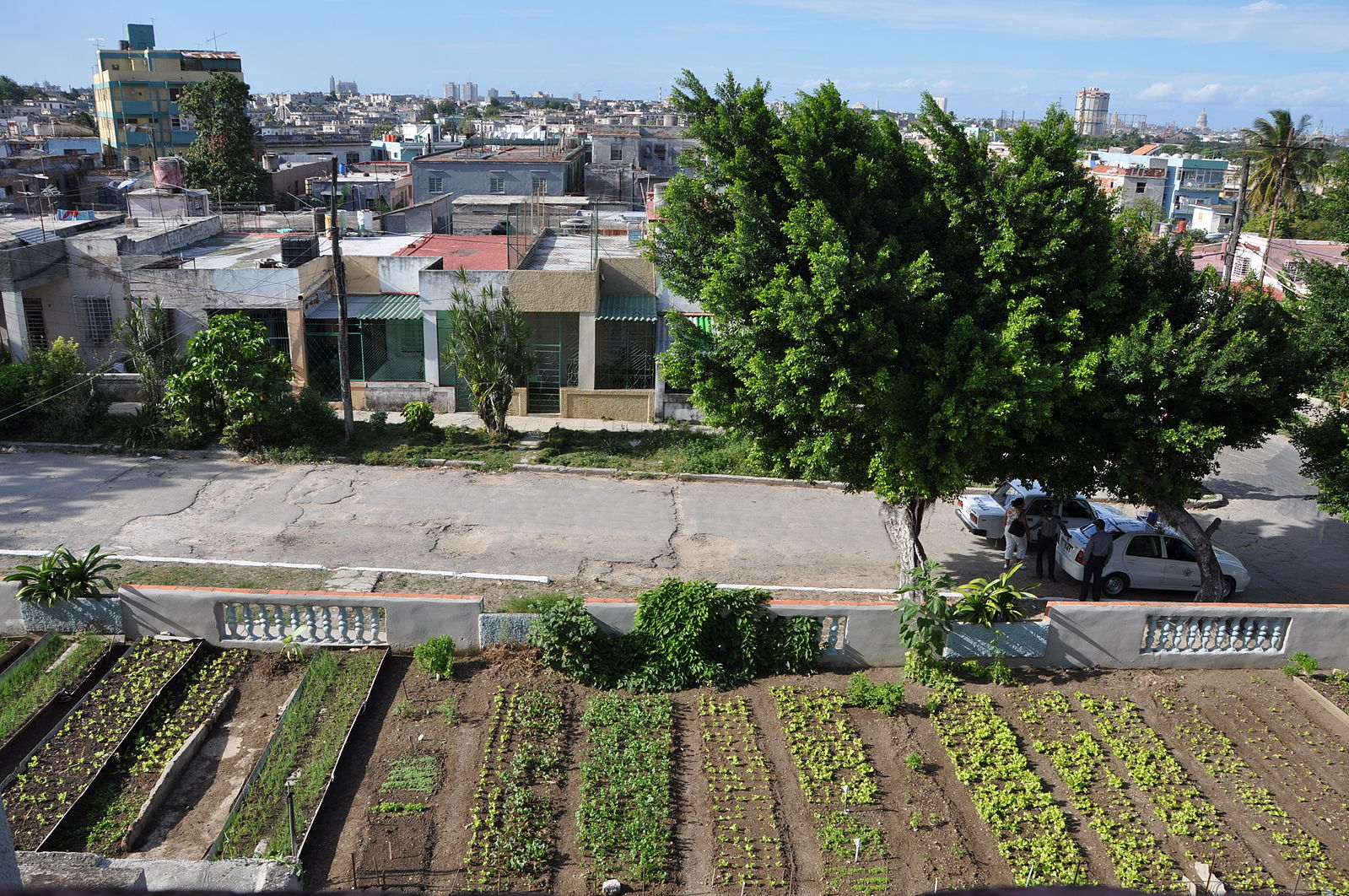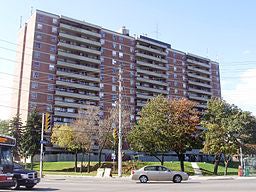Indev 101 Speaker Series: Guest lecture featuring Dr. Bruce Frayne
‘Food Security as an outcome of urban vulnerability: the Case of Southern Africa.’

Written by: Lian Hickey, Wynona Mendes, Fiona Murray,Jessica Korporal, Samir Haji and Amy Liou.
“Homo Urbanis’- the Urban Human. Is this a new species of human? Technically, no. But as of 2007, 50% of the world’s population lives in cities. For the first time in human history, more than half the world’s population lives in urban areas. This is an increasing trend, particularly throughout the Asian and African continents. The population in Africa will climb to around 4 billion people by 2100, and more than half of these inhabitants will live in urban areas. Thus, creating sustainable cities is a very real development challenge for the 21st century. A particular development challenge within urban area is ensuring urban food security.

Despite the evidence, the global paradigm continues to ignore food security as an urban issue. With increases in agricultural technology, there is more than enough food to feed the world, yet 25,000 people die every day from hunger. Therefore, food security is an issue of accessibility. Many people in urban areas lack accessible food sources. In Windhoek, Namibia, urban residents found a solution. Surveys in Namibia found people were migrating to urban areas for work but were reliant upon relatives in rural areas for food. This is called urban reciprocity. As more people migrate to urban areas this leads to serious issues of food sustainability and security.
The issue of Urban Food Security is evidently one that poses many challenges and threats. Urban Planner and Geographer, Bruce Frayne was more than happy to share his expertise on the issue. With regards to emerging phenomenon of urban-rural reciprocity, he said, “it is very effective, not as a solution, but as a coping strategy”. Unfortunately, for decades, organizations and declarations were so focused on developing rural areas that they failed to recognize the extremity of the issue in urban environments.
As Bruce emphasized, political intervention, as exemplified through the implementation of the Zero Hunger project in Brazil is necessary. The good news is that these issues are inspiring change! Organizations such as the UN are already making efforts to address the issue, and while the perfect solution is yet to be found, Africa is well on its way to becoming a center of innovation within the next 30 years.
It is important to keep in mind, that food insecurity is not exclusive to Africa. An issue from Urban Agriculture magazine, called ‘Beyond Food Security: Urban agriculture as a form of resilience in Vancouver, Canada’ (Mullnix, Fallick, and Henderson, 2009) discussed some of the different aspects related to food insecurity in larger cities, and highlighted ways that locals are dealing with the issue and all of its aspects. Specifically, it looks at the economic, social, and ecological constraints people are placing on the earth through our current system of rural to urban food migration. The article continues to discusse why we should start focussing on urban agriculture in order to ease these constraints while increasing accessibility to food, which was one of the main points mentioned above.

Images sourced from Wikimedia Commons